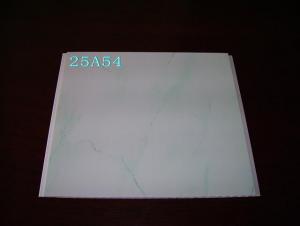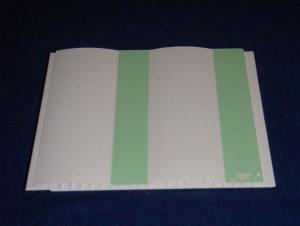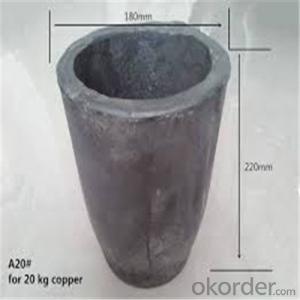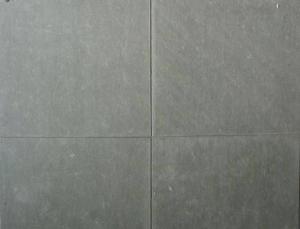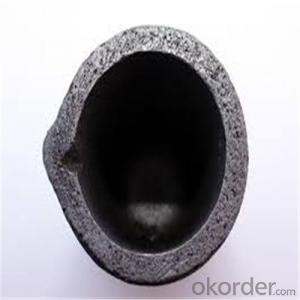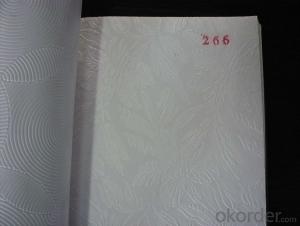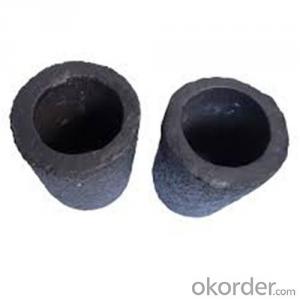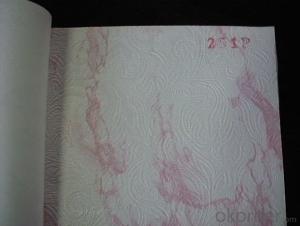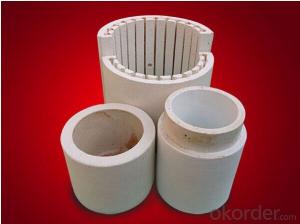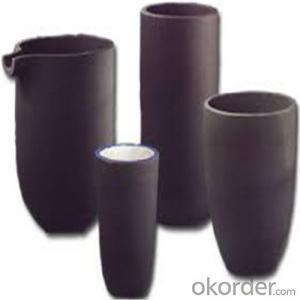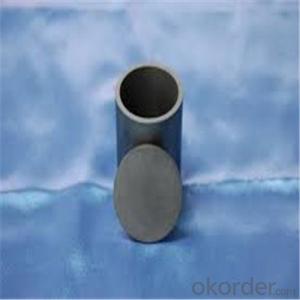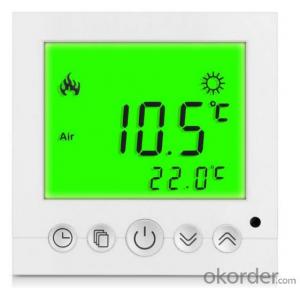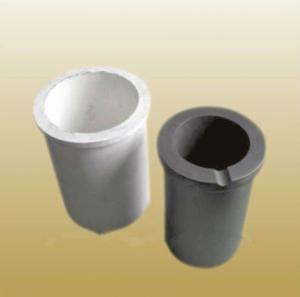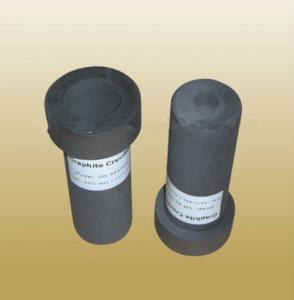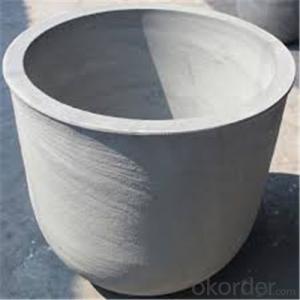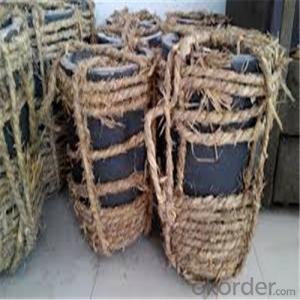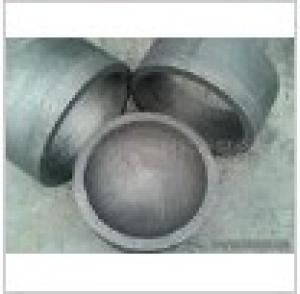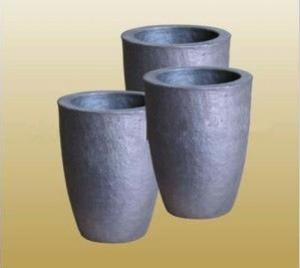Graphite Crucible For Melting Aluminium
Graphite Crucible For Melting Aluminium Related Searches
Best Paint For Stainless Steel Blanket Insulation For Steel Buildings Primer For Galvanized Steel Foam Filter For Stainless Steel H S Code For Stainless Steel Surface Grinding Wheels For Stainless Steel Surface Grinding Wheels For Hardened Steel Hole Saw For Stainless Steel Paint For Stainless Steel Stainless Steel For BbqHot Searches
Steel Mesh Panels For Sale Price For Stainless Steel Scrap Scrap Price For Stainless Steel Price For Stainless Steel Stainless Steel Plate For Sale Stainless Steel Tank For Sale Stainless Steel Sheets For Sale Cheap High Tea Sets For Sale Stainless Steel Tanks For Sale Stainless Steel For Sale High Density Fiberboard For Sale Solar Hot Water Collectors For Sale Scaffolding For Sale In Uae Scaffolding For Sale In Ireland Scaffolding For Sale In Houston Type Of Inverter For Solar Price Of Shipping Containers For Sale Types Of Inverter For Solar Stock Price For Aluminum Steel Mesh Panels For SaleGraphite Crucible For Melting Aluminium Supplier & Manufacturer from China
Okorder.com is a professional Graphite Crucible For Melting Aluminium supplier & manufacturer, offers integrated one-stop services including real-time quoting and online cargo tracking. We are funded by CNBM Group, a Fortune 500 enterprise and the largest Graphite Crucible For Melting Aluminium firm in China.Hot Products
FAQ
- No, graphite crucibles cannot be used for ceramic production. Ceramic production requires crucibles made from materials like alumina or zirconia, which can withstand high temperatures and provide a stable environment for the ceramic materials. Graphite crucibles are generally used for high-temperature applications involving metals and alloys.
- Yes, graphite crucibles can be used for laboratory analysis. They are commonly used in high-temperature applications such as melting and analyzing various materials, including metals, alloys, and minerals. Graphite crucibles offer excellent thermal stability, high resistance to chemical corrosion, and good heat transfer properties, making them suitable for laboratory analysis purposes.
- Yes, a graphite crucible requires special handling during transportation. Graphite is a brittle material that can easily crack or break if subjected to excessive pressure or impact. To ensure the safe transportation of a graphite crucible, it should be packaged securely in a padded or cushioned container to protect it from any potential damage. Additionally, it is important to handle the crucible with care, avoiding any rough or sudden movements that could cause it to hit against other objects or surfaces. By taking these precautions, the risk of damage to the graphite crucible during transportation can be minimized.
- To prevent graphite crucibles from thermal shock during use, there are several measures that can be taken: 1. Preheating: Before using the crucible, it is important to preheat it gradually. This can be done by placing the crucible in a kiln or furnace and slowly increasing the temperature. This process allows the crucible to expand uniformly and minimizes the risk of thermal shock. 2. Avoid sudden temperature changes: Graphite crucibles should be heated and cooled slowly to avoid abrupt temperature changes. Rapid heating or cooling can cause thermal stress, leading to cracks or even breakage. It is advisable to use a programmable kiln or furnace that allows for controlled temperature ramping and cooling rates. 3. Use insulating materials: Insulating materials, such as ceramic fiber blankets or boards, can be used to surround the crucible during heating and cooling processes. These materials provide thermal insulation, reducing the rate of temperature change and minimizing the risk of thermal shock. 4. Proper handling: It is important to handle graphite crucibles with care to prevent accidental impacts or drops, which can cause cracks or fractures. Always use appropriate tools or tongs when moving or manipulating the crucible to avoid physical damage. 5. Avoid contact with water or other coolants: Graphite crucibles should not come into direct contact with water or other coolants while they are at high temperatures. This can cause rapid cooling and thermal shock. If cooling is necessary, it is recommended to allow the crucible to cool naturally in the ambient environment or use a controlled cooling process. By following these preventive measures, the risk of thermal shock in graphite crucibles can be significantly reduced, ensuring their longevity and performance in high-temperature applications.
- Is graphite crucible resistant to hydrofluoric acid?
- The graphite crucible has a maximum temperature of 1800 degrees Celsius and can be used for a long time! But generally graphite crucibles are used below 1300 degrees celsius!
- Yes, graphite crucibles are suitable for melting superalloys. Graphite crucibles are known for their high melting point and excellent thermal conductivity, making them ideal for applications that require high temperatures. Superalloys, which are known for their exceptional heat resistance and mechanical strength, often require extreme temperatures to be melted. Graphite crucibles can withstand these high temperatures without deteriorating, ensuring a stable and reliable melting process for superalloys. Additionally, graphite crucibles have good chemical resistance, which is crucial when melting superalloys that may contain reactive elements or corrosive impurities. Overall, graphite crucibles are a popular choice in the aerospace, automotive, and manufacturing industries for melting superalloys due to their durability, high-temperature capabilities, and chemical resistance.
- The surface tension of graphite plays a crucial role in the performance of a crucible. Graphite has a relatively low surface tension, which allows it to easily wet and adhere to the inner surface of the crucible. This strong adhesion prevents the graphite from peeling or cracking under the extreme temperatures and thermal shocks experienced during the melting or casting process. Additionally, the low surface tension of graphite promotes efficient heat transfer between the crucible and the material being melted, ensuring uniform heating and reducing the risk of hot spots or thermal gradients. Overall, the surface tension of graphite greatly influences the durability and thermal efficiency of a crucible, making it an essential factor in its performance.
- Vacuum induction melting is well-suited for the use of graphite crucibles. This is because graphite is a stable and inert material, making it ideal for high temperature and vacuum environments. Graphite can withstand the extreme heat and pressure conditions required for vacuum induction melting. When it comes to thermal conductivity, graphite crucibles excel. They efficiently transfer heat to the metal being melted, ensuring uniform heating and melting. This results in consistent and reliable outcomes. Additionally, graphite crucibles are resistant to thermal shock, meaning they can handle rapid temperature changes without cracking or breaking. Moreover, graphite crucibles exhibit good chemical resistance, which is crucial when melting reactive metals or alloys. They can endure the corrosive effects of molten metals, preventing contamination and maintaining the purity of the material being melted. To summarize, graphite crucibles are highly suitable for vacuum induction melting due to their stability, resistance to high temperatures, thermal conductivity, resistance to thermal shock, and chemical resistance. These crucibles offer a dependable and efficient method of melting metals under vacuum conditions, making them the preferred choice in various industrial applications.















